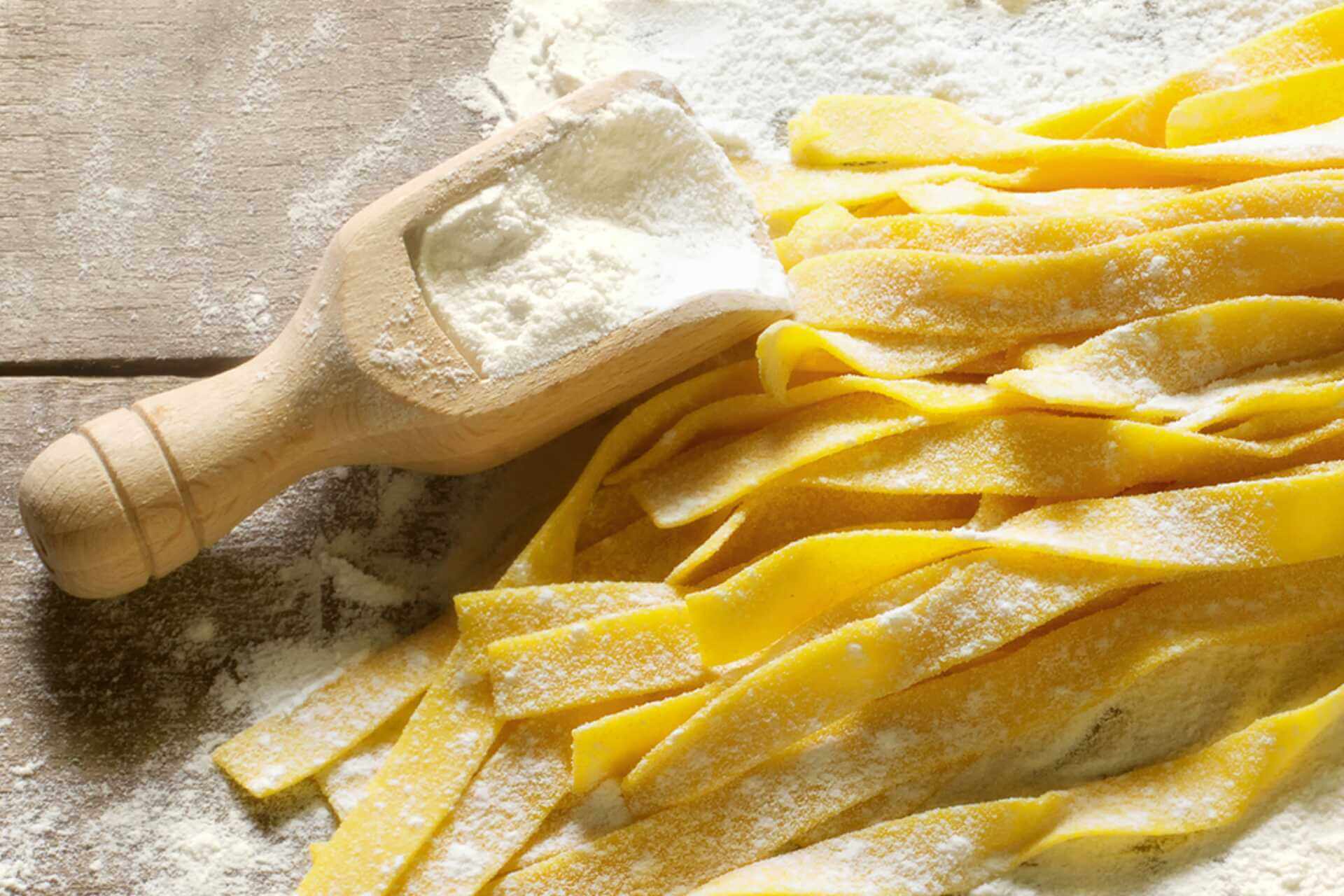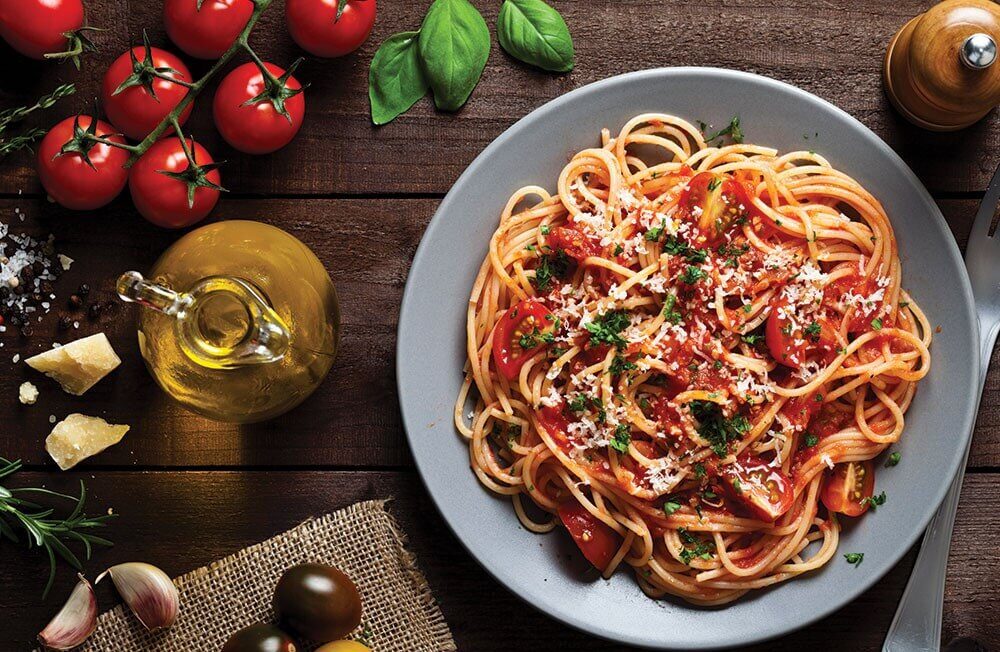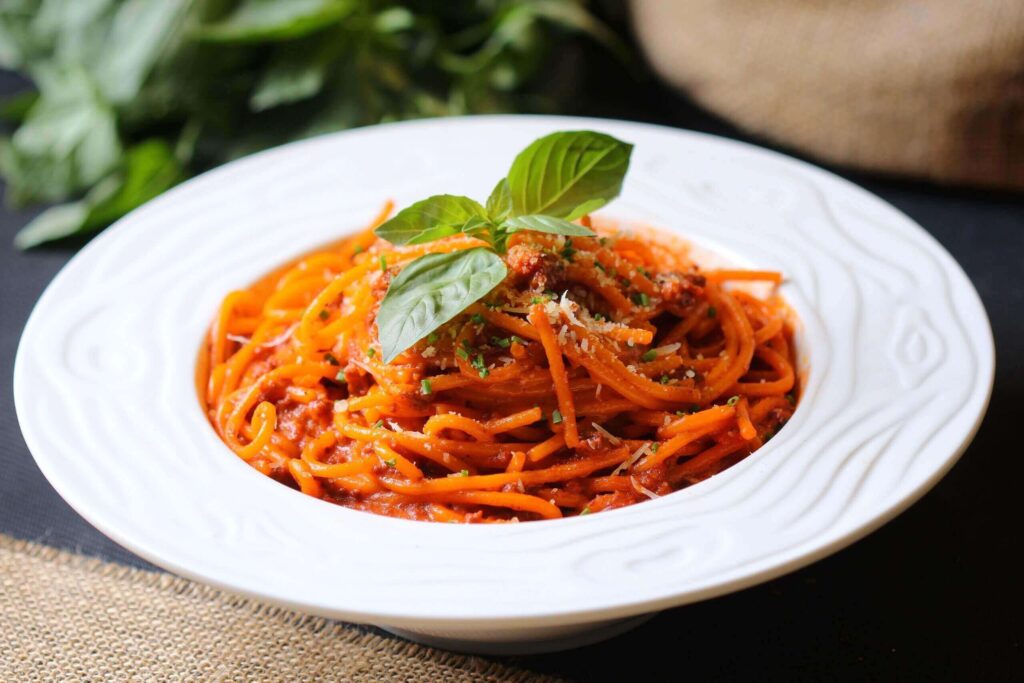If you’ve ever tasted fresh pasta, you already know that the texture and flavor are incomparable to store-bought varieties. The best part is—you can make pasta at home with just a few basic ingredients and a bit of time.
Whether you’re a culinary novice or an experienced cook, homemade pasta is a rewarding and surprisingly simple process.
When you make pasta at home, you control every aspect: the ingredients, thickness, shape, and even flavor additions. From silky fettuccine to stuffed ravioli, each batch you create offers a canvas for creativity and customization.
More importantly, making pasta from scratch teaches patience, technique, and appreciation for traditional cooking. It’s a hands-on experience that connects you to generations of Italian culinary tradition, while also allowing room for your own modern twists.
In this guide, you’ll learn how to make pasta at home step by step—from gathering tools and ingredients to rolling, cutting, shaping, and serving your perfect homemade pasta dish.
Make Pasta At Home: Ingredients And Tools You’ll Need
To make pasta at home, you don’t need a pantry full of specialty items. The classic pasta dough recipe consists of just three core ingredients: flour, eggs, and a pinch of salt. However, the type of flour and how you combine these elements make all the difference.
00 flour is the gold standard for pasta—it’s ultra-fine and results in smooth, elastic dough. You can also use semolina flour, which adds a more textured feel and a slightly nutty flavor. Many home cooks use a blend of the two to strike the right balance.
When it comes to eggs, use large, room-temperature ones. Some recipes call for just yolks for a richer dough, while others use whole eggs. Water or olive oil can be added if the dough is too dry, but moderation is key.
As for tools, a rolling pin and a sharp knife will suffice, but a pasta machine makes rolling and cutting more consistent. A pasta cutter, ravioli mold, or drying rack can also come in handy as you advance.
Before you start, gather everything you’ll need and clean a large workspace—preparation makes the entire process of learning to make pasta at home much smoother.
How To Get The Right Dough Texture Every Time
The texture of your dough determines whether your pasta will be silky and tender or tough and chewy. Getting the consistency just right is crucial when you make pasta at home.
Begin by making a well in the center of your flour on a clean work surface. Crack your eggs into the well and gently beat them with a fork. Gradually incorporate the flour into the eggs until a shaggy dough begins to form.
Start kneading. Use the heels of your hands to push the dough away from you, fold it back, and rotate. Knead for at least 10 minutes until the dough is smooth, elastic, and slightly tacky but not sticky. If it’s too dry, add a few drops of water. If it’s too wet, dust with a little more flour.
Once kneaded, wrap the dough in plastic wrap and let it rest at room temperature for 30 minutes. This allows the gluten to relax, making it easier to roll and shape. Don’t skip this step—it’s a small pause that greatly improves your final result.
A well-textured dough is the cornerstone of any attempt to make pasta at home, and practice will help you recognize the perfect feel with ease.
Make Pasta At Home: Rolling, Cutting, And Shaping Tips
After the dough has rested, it’s time to roll and shape your pasta. This stage is both practical and creative—and it’s where many who make pasta at home start to feel the magic of the process.
Divide the dough into small sections to make handling easier. Flatten one section slightly with your hands or a rolling pin. If you’re using a pasta machine, feed the dough through the widest setting. Fold it in half and repeat 2-3 times to condition the dough.
Gradually reduce the machine settings to achieve your desired thickness. For spaghetti or fettuccine, a medium-thin setting works well. For ravioli, go thinner to ensure the pasta doesn’t overpower the filling.
Dust the sheet lightly with flour, then cut into your desired shapes. For long noodles, a pasta cutter or sharp knife can be used. For stuffed pasta, place filling between sheets, seal edges tightly, and cut with a pastry wheel or ravioli stamp.
Lay your pasta on a floured surface or hang it to dry. If cooking immediately, fresh pasta cooks in 2–4 minutes depending on thickness. These steps may seem complex at first, but they become second nature the more often you make pasta at home.
Perfect Sauce Pairings For Fresh Homemade Pasta
The sauces you choose when you make pasta at home should complement—not overwhelm—the fresh texture and flavor of your pasta. Fresh pasta is more delicate than dried pasta and absorbs sauces beautifully, so a lighter hand is often better.
For egg-based pasta like tagliatelle or pappardelle, consider rich sauces like Bolognese, mushroom cream, or brown butter with sage. These cling well to wide ribbons and highlight their chewy, satisfying texture.
If you’re making stuffed pasta like ravioli, a simple sauce works best. Think olive oil and garlic, tomato and basil, or butter and lemon zest. These accentuate the filling without drowning it.
Long thin noodles like spaghetti or linguine pair beautifully with tomato-based sauces, pesto, or aglio e olio. The sauce should lightly coat each strand rather than pool around it.
Experiment with your own combinations, but always taste along the way. Let your fresh pasta shine—it’s the star of the dish, and understanding how to balance flavors is part of becoming confident when you make pasta at home.
Common Mistakes To Avoid When You Make Pasta At Home
As satisfying as it is to make pasta at home, beginners often run into a few common issues. The good news is these mistakes are easy to avoid with awareness and a bit of practice.
One major error is under-kneading the dough. Skipping this step results in pasta that tears easily and lacks the chewiness fresh pasta is known for. Don’t rush—knead for at least 10 full minutes.
Another mistake is not allowing the dough to rest. This break allows gluten strands to relax, making the dough easier to roll and less likely to snap back or tear.
Many first-timers also make their dough too dry or too wet. It should be firm but pliable—like Play-Doh. If your dough feels like it’s fighting you or crumbles apart, adjust gradually with water or flour.
Lastly, don’t overcook your pasta. Fresh pasta cooks much faster than dried—often in just 2 to 3 minutes. Overcooking results in mushy, lifeless noodles. Taste early and remove from water as soon as it hits al dente.
By avoiding these pitfalls, your attempts to make pasta at home will become increasingly successful, enjoyable, and delicious.
See you in the next post,
Anil UZUN


